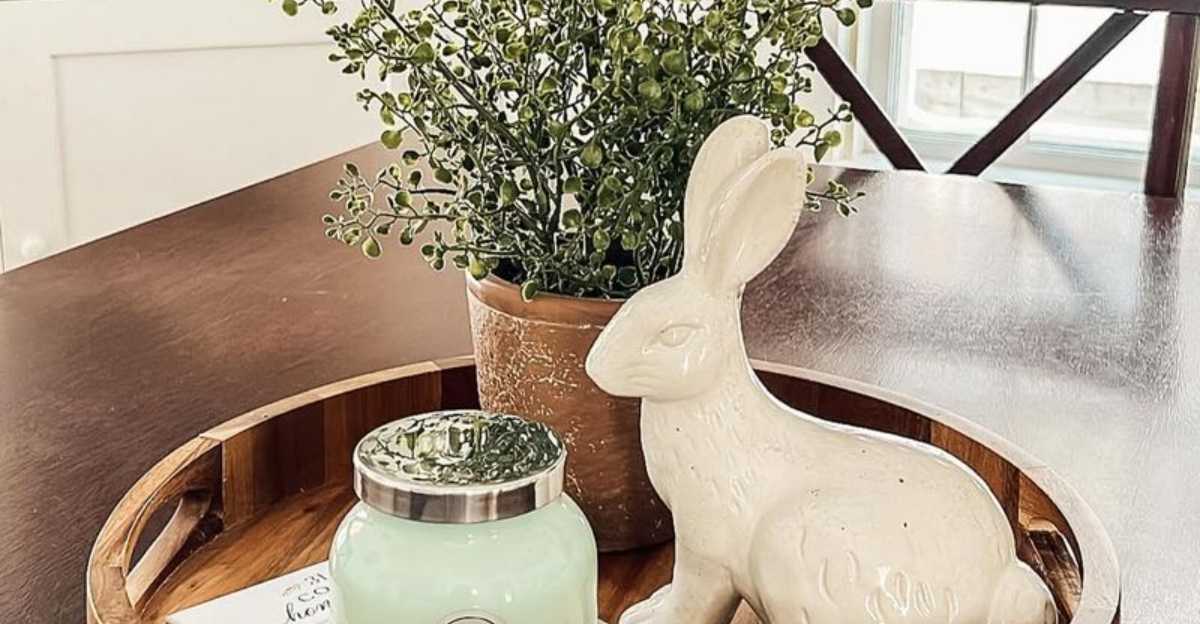The dining room table serves as the focal point of the room, merging style with practicality. A well-arranged table can elevate mealtime gatherings, creating ambiance and functionality.
By understanding what to keep off the table, you can craft a welcoming and organized space that enhances dining experiences for everyone.
1. Plastic Tablecloths
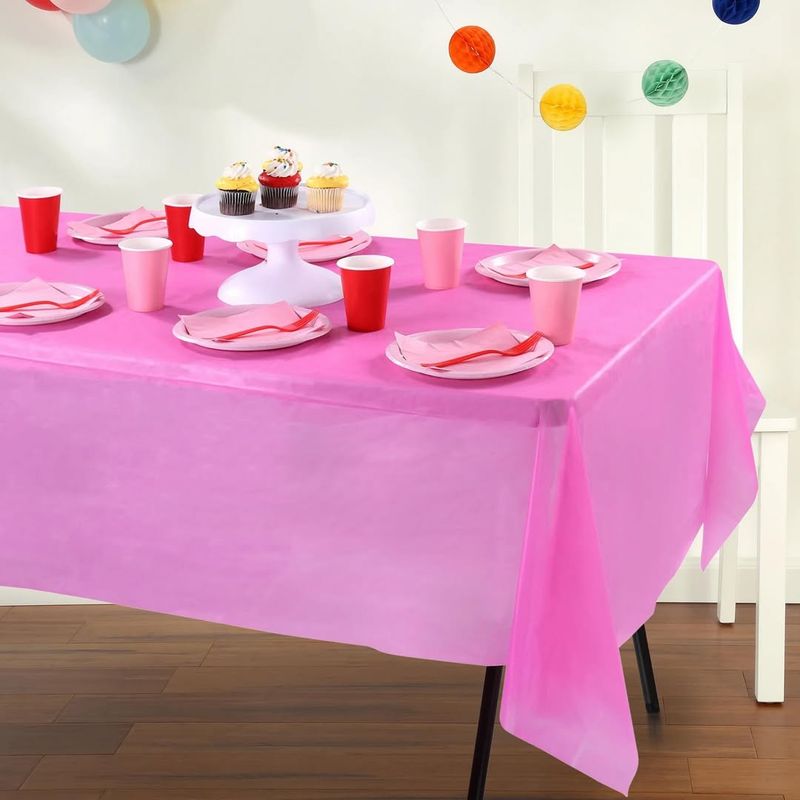
Plastic tablecloths are often avoided by designers due to their cheap, unrefined appearance. They can detract from the natural beauty of the table itself. Instead, consider using a high-quality fabric tablecloth or placemats that complement the table’s design.
These alternatives provide a touch of elegance and enhance the overall aesthetic. Opt for materials that are easy to clean yet stylish, ensuring both functionality and beauty.
2. Oversized Centerpieces

Oversized centerpieces can dominate the dining table, obstructing views and conversation. Designers suggest using smaller, low-profile centerpieces that add elegance without taking over the space. Consider a simple floral arrangement or a few candles placed strategically.
These alternatives maintain an open atmosphere, encouraging engagement among diners. Balance is key, ensuring the centerpiece enhances rather than hinders the table’s functionality.
3. Artificial Flowers
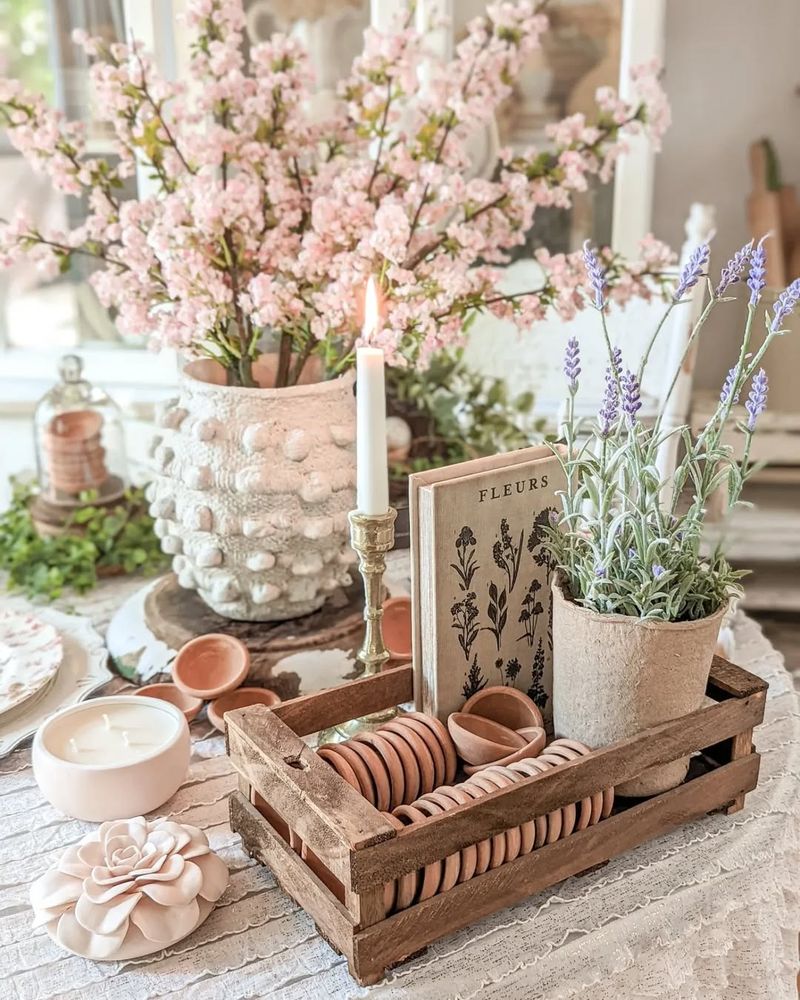
Artificial flowers often lack the liveliness and charm of fresh blooms. They can appear static and lifeless against a vibrant dining room backdrop. Designers recommend using fresh flowers or greenery to breathe life into the table setting.
Fresh options provide natural beauty and fragrance that enhance the dining experience. Seasonal flowers can add a touch of color and elegance, making the table more inviting and lively.
4. Excessive Decorative Items
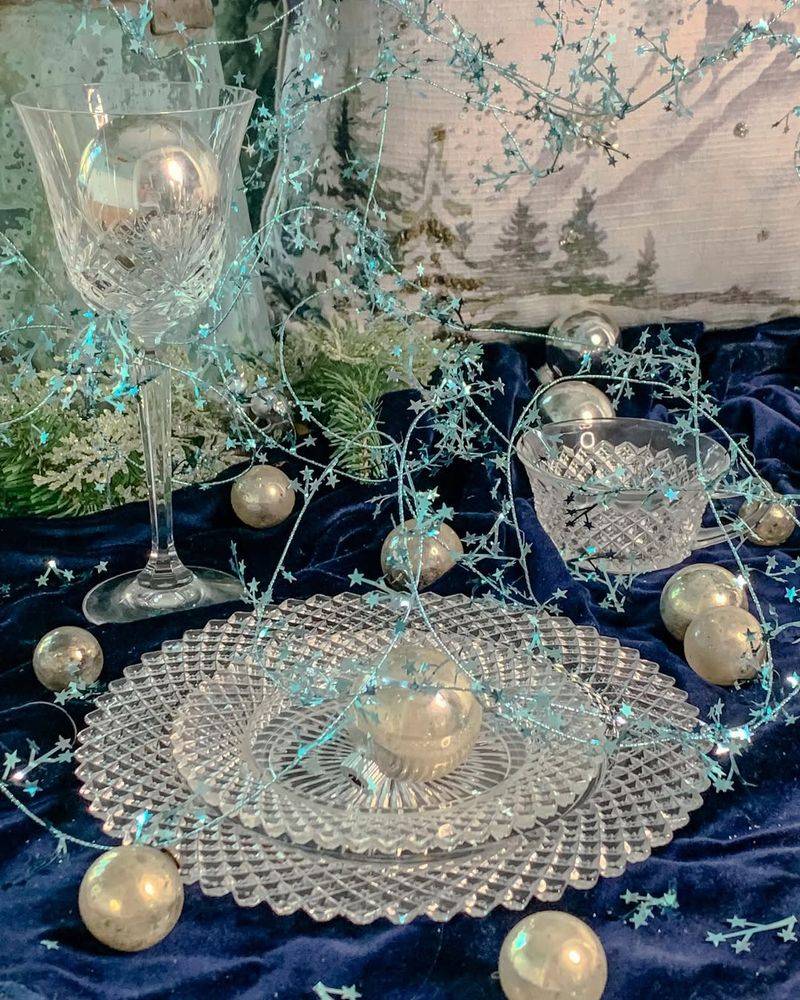
An abundance of decorative items can make the dining table feel cluttered and chaotic. Designers favor simplicity and intentionality in table decor. Instead of scattering various items, select a few meaningful pieces that complement the room’s theme.
This approach creates a balanced and serene environment, allowing the table’s beauty to shine. Thoughtful curation of decor ensures that each item contributes to the overall aesthetic.
5. Unmatched Tableware
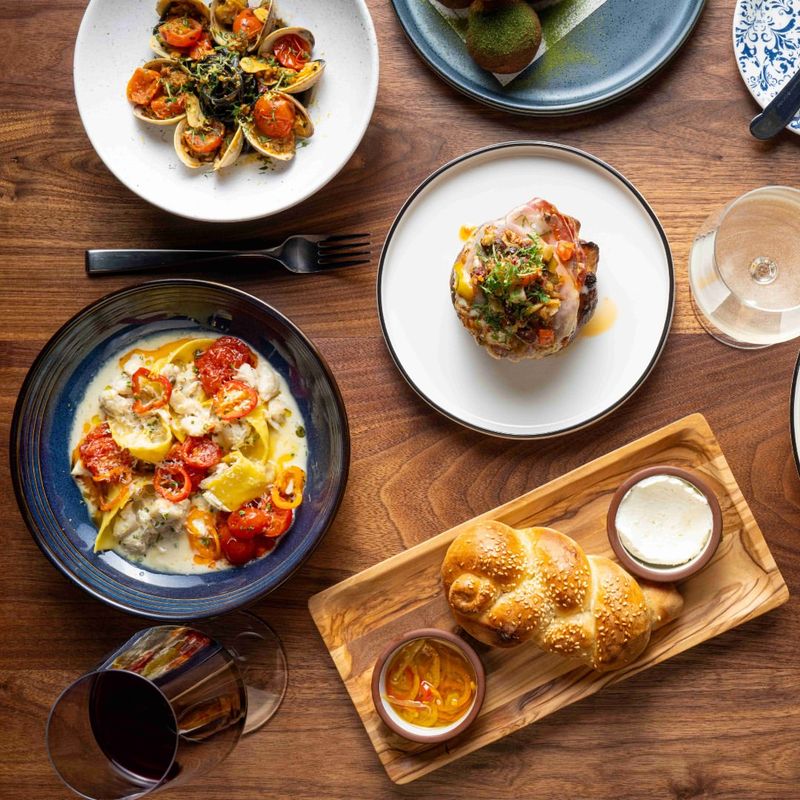
Unmatched tableware can disrupt the cohesiveness of a table setting, giving it a disorganized appearance. Designers suggest investing in a matching set of plates, glasses, and cutlery. Consistent tableware enhances the dining experience, creating a polished and unified look.
If variety is desired, consider a coordinated color scheme or pattern. This approach maintains harmony and style, ensuring the table remains inviting and aesthetically pleasing.
6. Bright Neon Colors
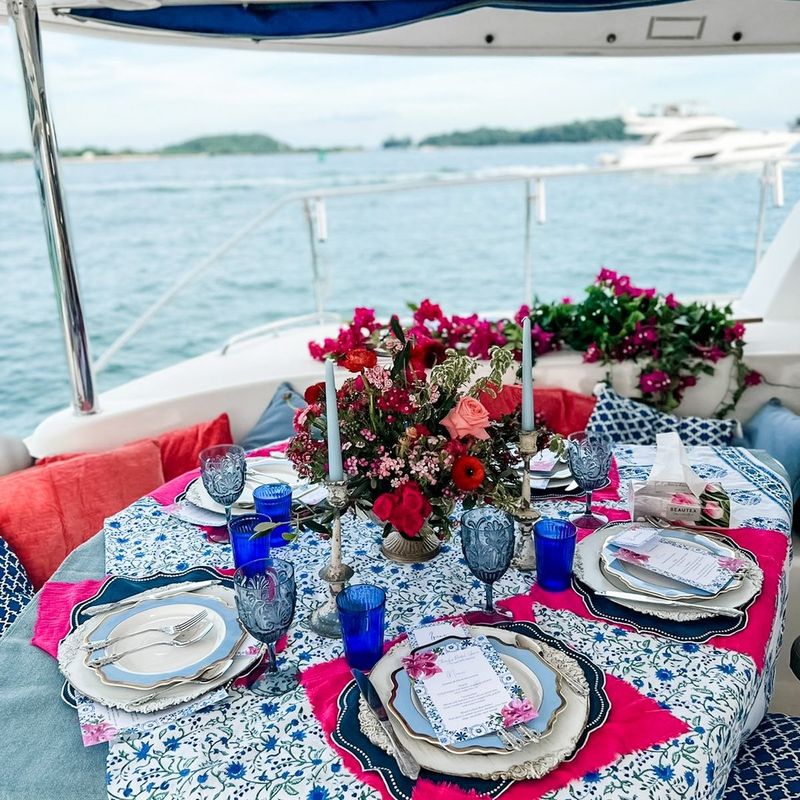
Bright neon colors can clash with the elegant look of a dining room, making the table appear garish. Designers often opt for softer, more neutral tones that harmonize with the room’s decor. Soft hues provide a calming effect, enhancing the dining experience.
Use subtle accents or natural elements to add interest without overwhelming the senses. This balance ensures a welcoming and tasteful table setting.
7. Bulky Salt and Pepper Shakers
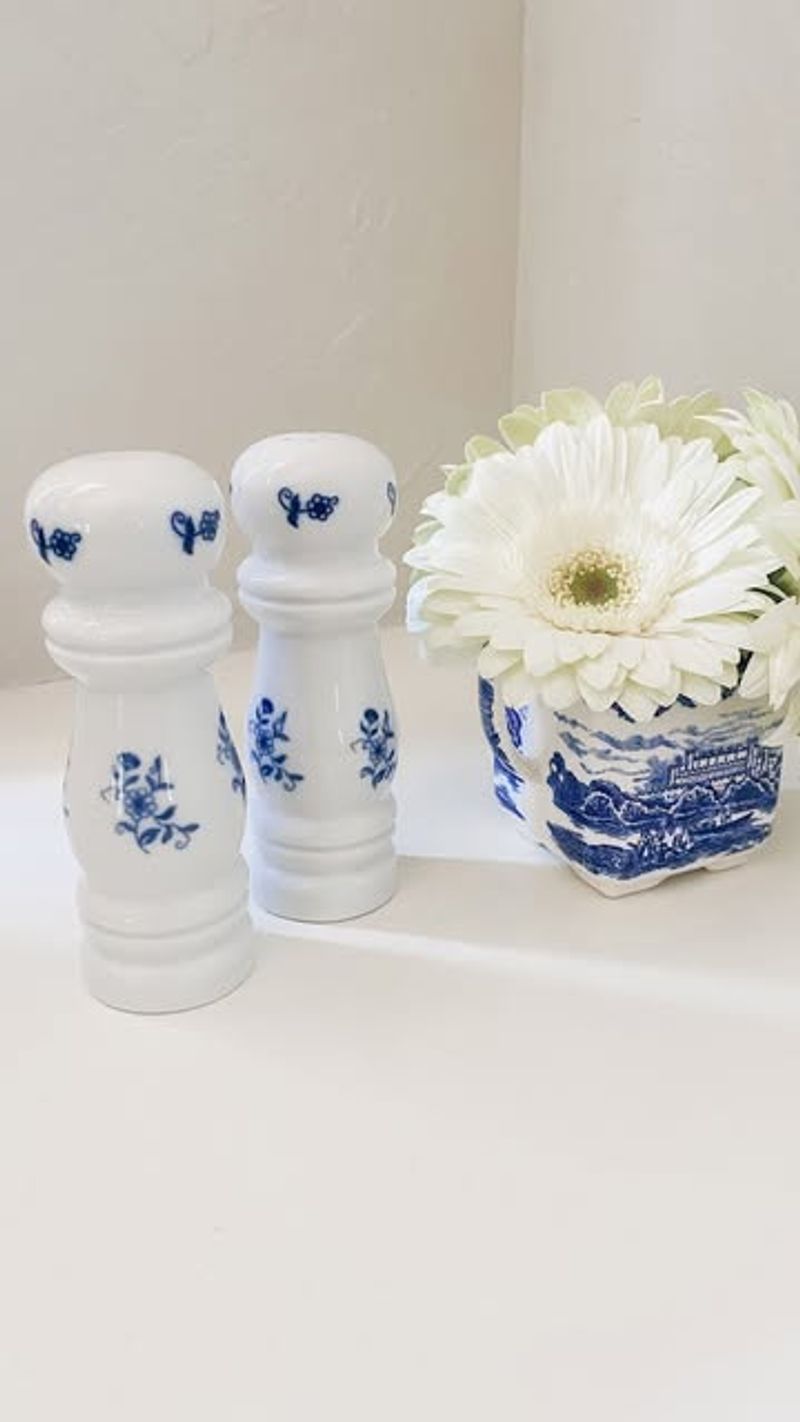
Bulky salt and pepper shakers can unnecessarily dominate table space, detracting from the meal presentation. Designers recommend using sleek, minimalist shakers that blend with the table’s decor. Such options provide functionality without overwhelming the table.
Compact shakers allow for more room for food and other essentials, maintaining a clean and organized appearance. This approach highlights the meal while enhancing the table’s style.
8. Personal Electronics
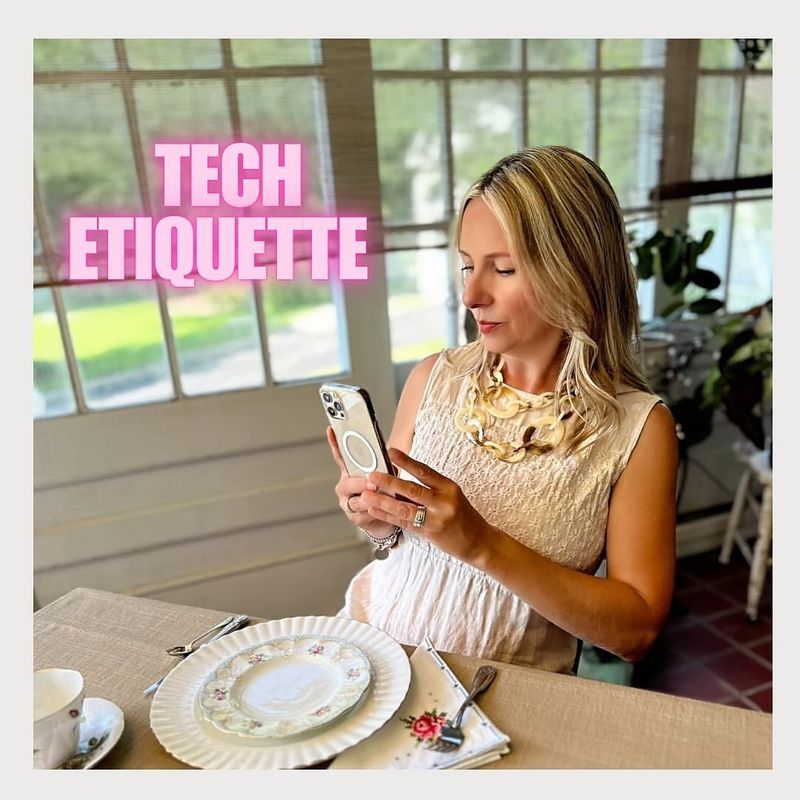
Personal electronics clutter the dining table, disrupting the ambiance intended for meals. Designers advocate for keeping gadgets away from the table to encourage interaction. Create a tech-free zone by providing a designated area for devices elsewhere.
This practice fosters communication and connection among diners, enhancing the dining experience. The table remains a place for shared meals and conversation, free from digital distractions.
9. Paper Napkins
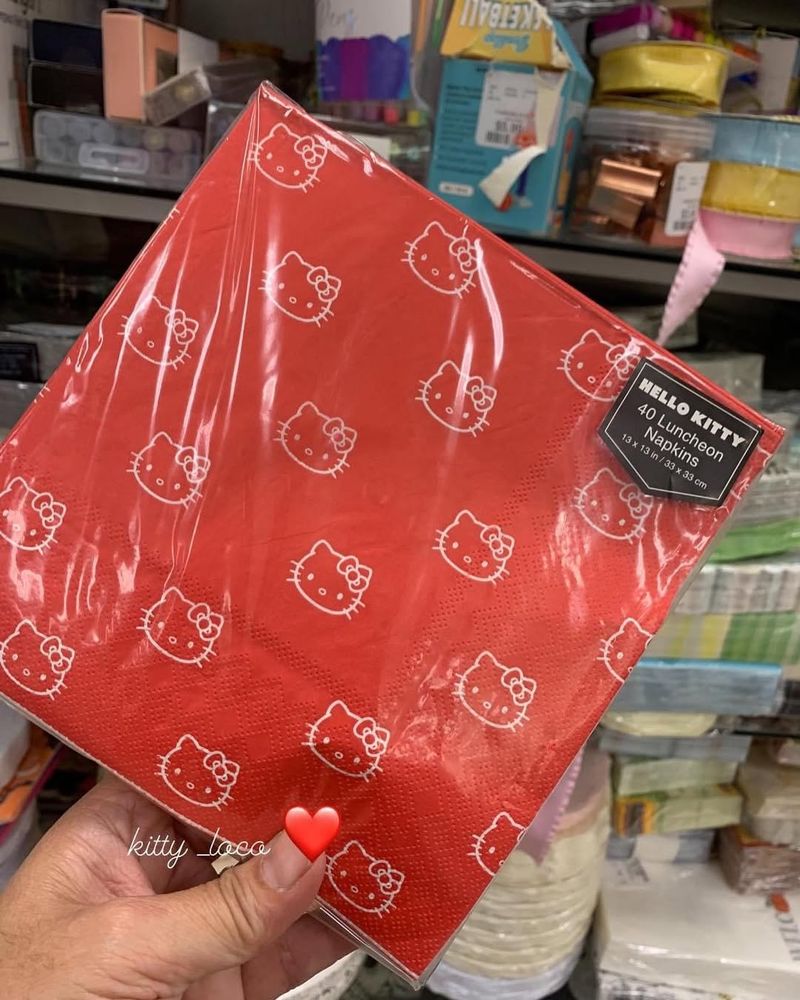
Paper napkins often give an informal feel to a dining setting, lacking the refinement of cloth options. Designers recommend using cloth napkins for a more polished look. Cloth napkins add a touch of luxury and are environmentally friendly.
Choose colors and textures that complement the tableware. This change elevates the dining experience, making guests feel valued and the setting more sophisticated.
10. Empty Bottles

Empty bottles can clutter the dining table, leading to a messy and uninviting appearance. Designers suggest clearing away empties promptly, keeping the table clean and organized. Use a stylish decanter or carafe for serving beverages, enhancing the table’s elegance.
This practice maintains a tidy setting, allowing the focus to remain on the meal and the company. A clean table fosters a pleasant atmosphere for dining.
11. Overbearing Scented Candles
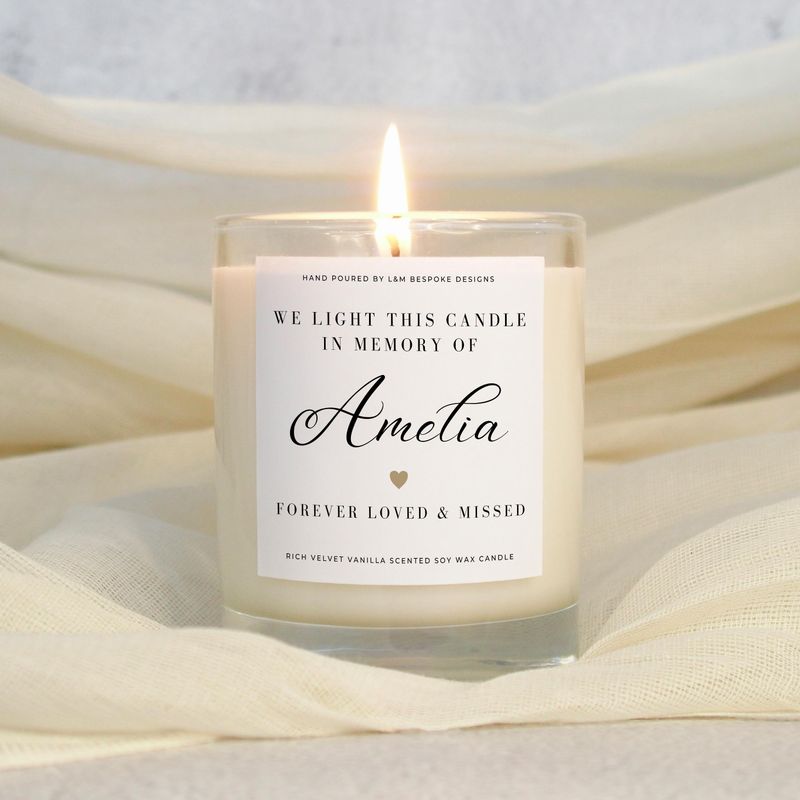
Overbearing scented candles can overwhelm the dining table, clashing with the meal’s aroma. Designers prefer unscented or subtly fragranced candles that enhance ambiance without overpowering. Opt for candles with mild, pleasant scents that complement rather than compete.
This choice ensures the meal’s flavors are the main focus. Soft candlelight adds warmth and elegance, creating an inviting atmosphere that enhances the dining experience.
12. Overloaded Fruit Bowls
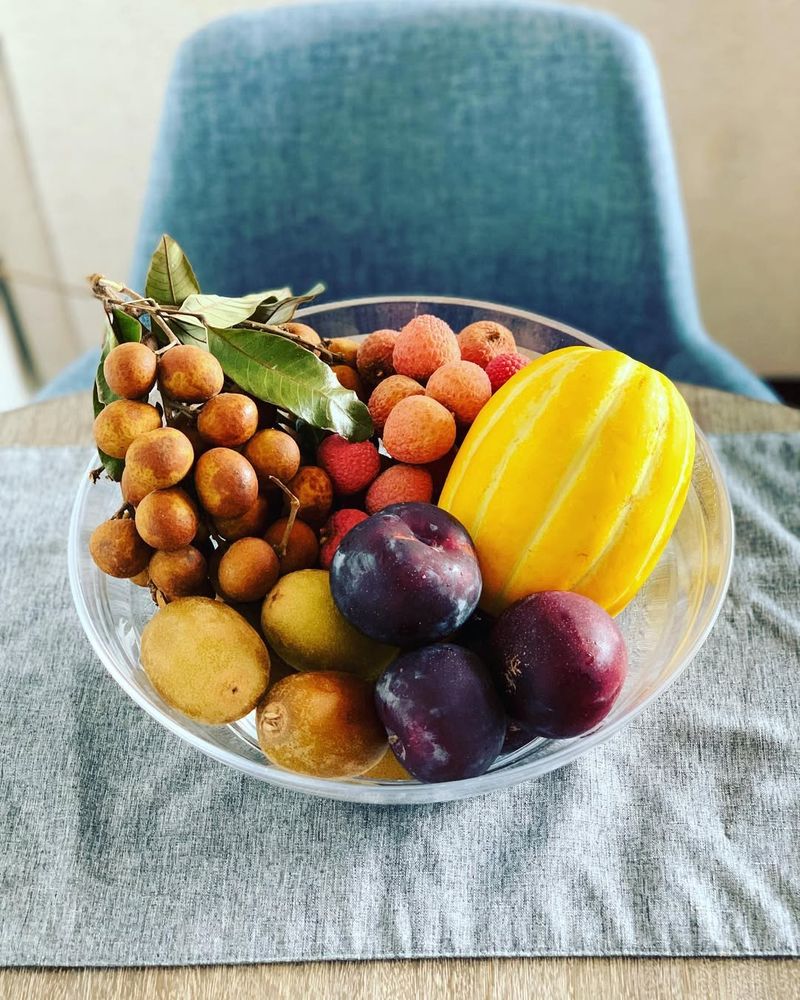
While fruit bowls can add a touch of color to your dining table, an overloaded one risks looking cluttered and unkempt. A neatly arranged fruit bowl can suggest abundance, but when overflowing, it gives a sense of disorder.
To maintain a balanced look, select a modest amount of fruit and arrange them neatly. Use the fruit bowl as a way to introduce seasonal colors without overwhelming the tabletop’s design.
13. Unnecessary Trays
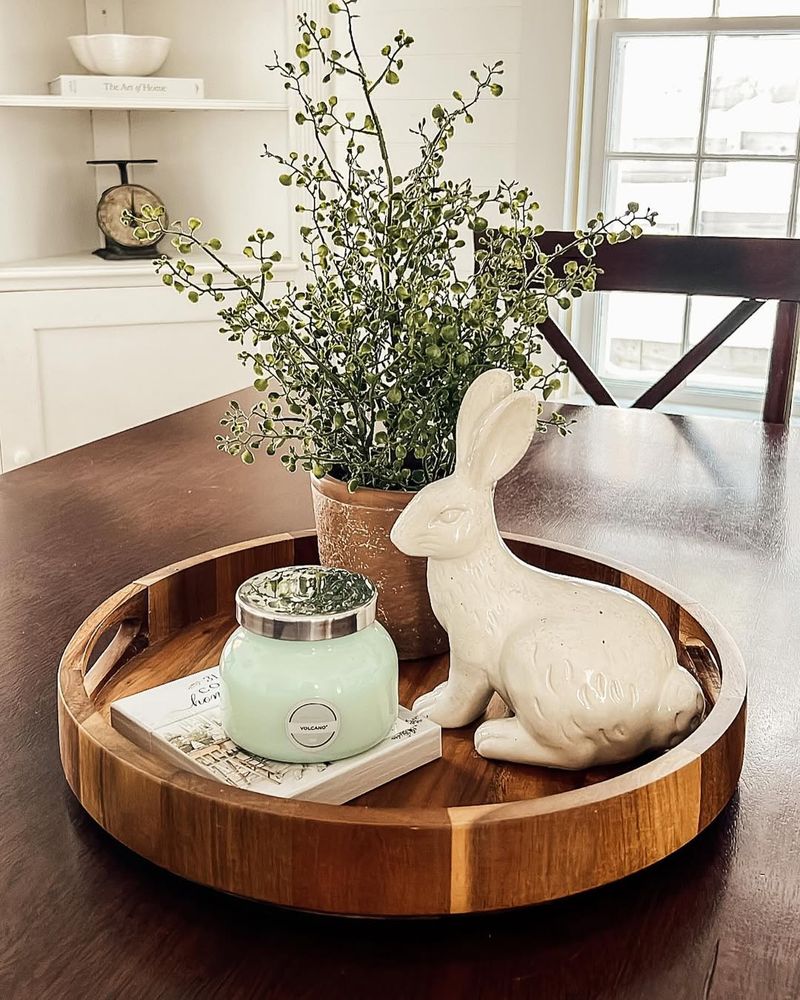
Unnecessary trays can clutter the dining table, detracting from its aesthetic and functionality. Designers advise using trays sparingly, only for essential items like condiments or serving dishes. Opt for trays that match the table’s decor, adding style without overwhelming the space.
This thoughtful approach keeps the table organized and visually appealing, enhancing the dining experience. Less is often more when it comes to table design.
14. Toys and Games
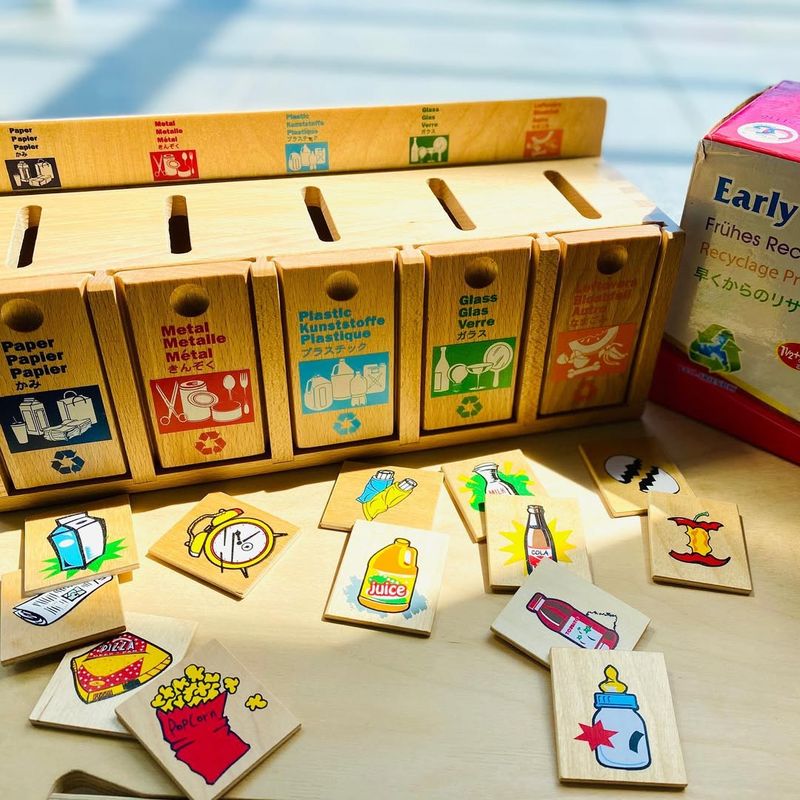
Toys and games on the dining table can disrupt the dining experience, turning mealtime into playtime. Designers recommend creating a separate space for play, allowing the table to remain a place for meals and conversation.
This separation helps establish a rhythm, where dining is distinct from other activities. A clear table sets the stage for adult engagement, fostering meaningful interactions and an enjoyable dining environment.
15. Flashy Table Runners
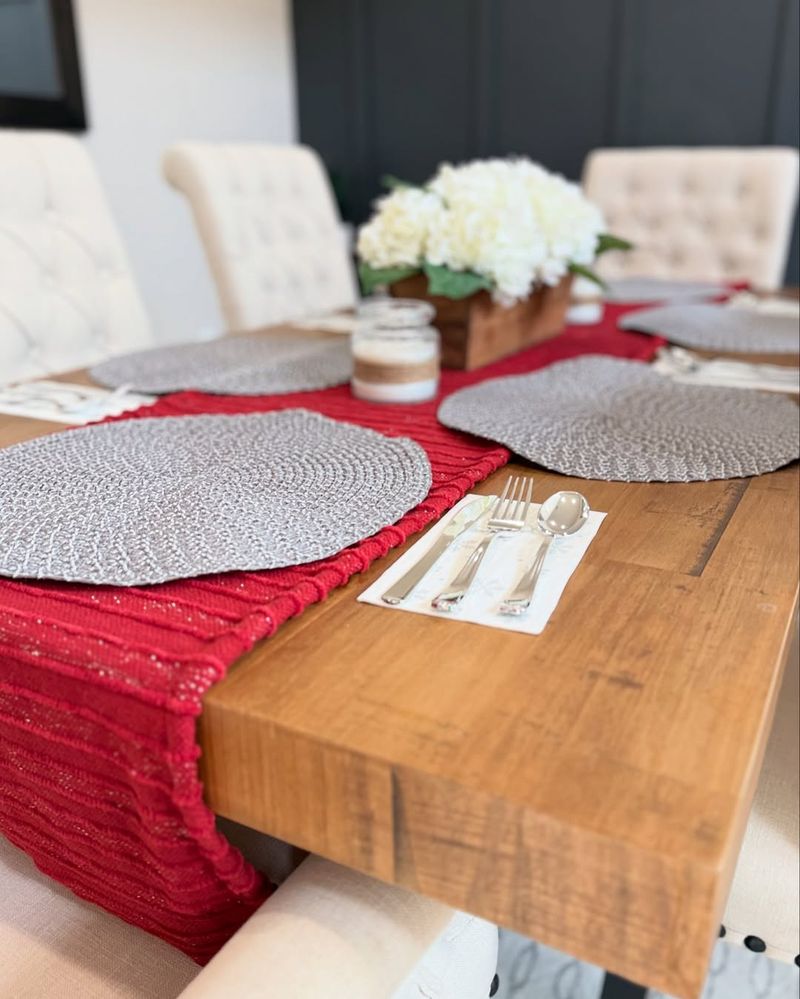
Flashy table runners can clash with the dining room’s overall design, creating visual dissonance. Designers favor understated table runners that complement the table’s style. Choose fabrics and patterns that harmonize with the room’s color scheme.
This subtlety adds elegance, allowing the table’s beauty to shine. A well-chosen runner enhances the table setting, contributing to a cohesive and inviting dining space.
16. Seasonal Decor Out of Season
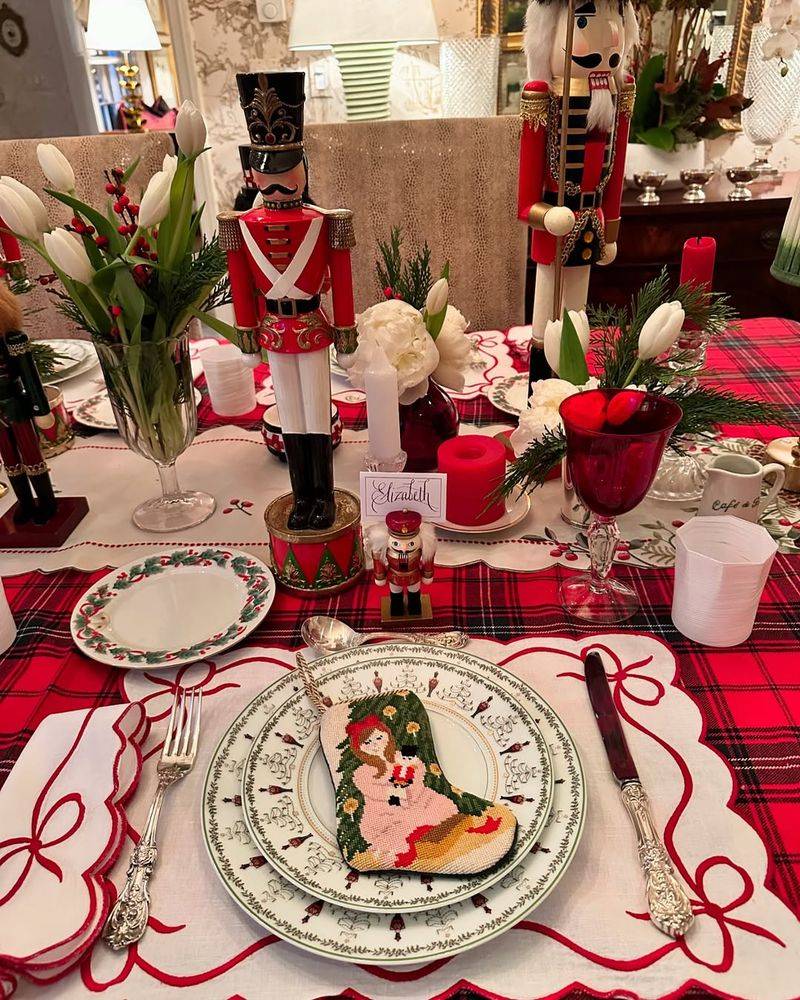
Seasonal decor out of season can make a dining table look awkward and out of place. Designers recommend updating decor to reflect the current season, maintaining relevance and style.
Use seasonal elements like flowers or small accents that align with the current theme.
This practice keeps the table fresh and engaging, ensuring it remains a focal point that complements the room’s ambiance. Seasonally appropriate decor adds charm and continuity.
17. Cluttered Place Settings
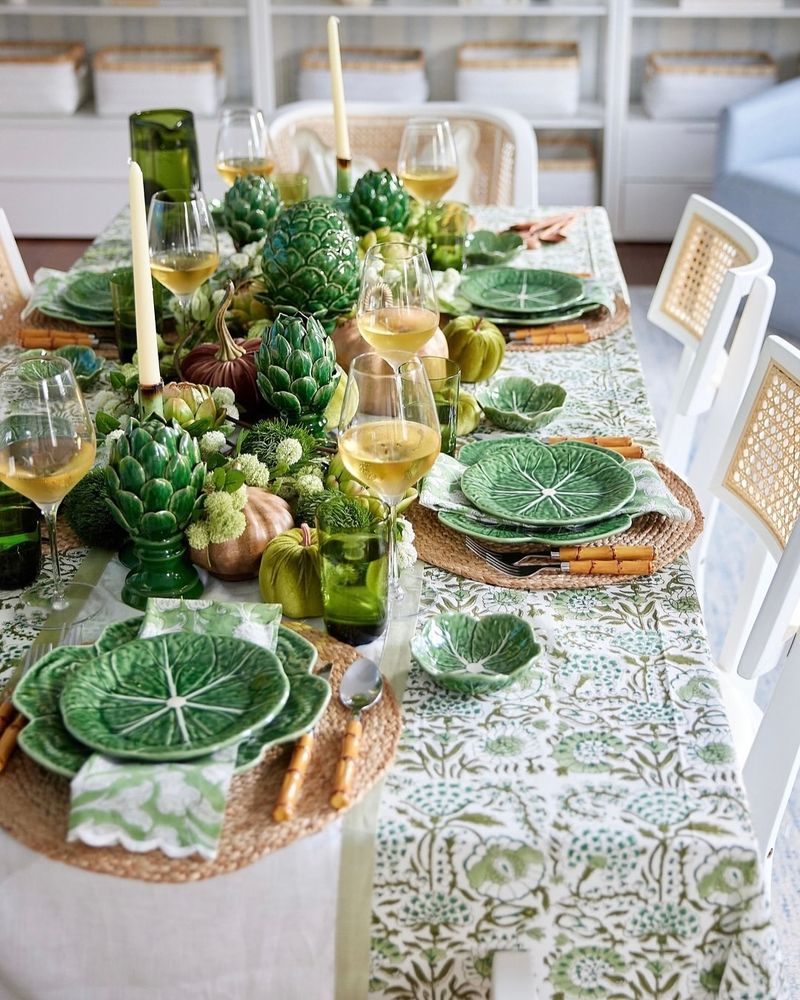
Cluttered place settings can make a dining table look disorganized and overwhelming. Designers advocate for a more minimalist approach, using only necessary items like a plate, utensils, and a glass. This simplicity creates a clean, inviting space that enhances the dining experience.
Use chic chargers or placemats to add style without adding extra clutter. This well-considered setup guarantees that the meal and the company will always be the major attractions.
18. Unused Cookware
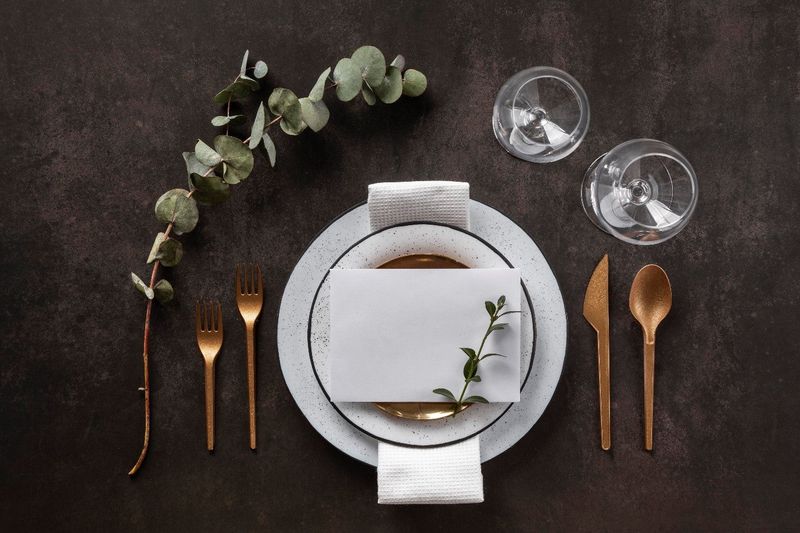
Unused cookware can unnecessarily occupy space on the dining table, cluttering the area. Designers suggest keeping cookware in the kitchen unless actively used for serving. This practice ensures the table remains organized and aesthetically pleasing.
Use serving dishes that enhance the table’s decor, contributing to a visually appealing setting. A clean, unobstructed table surface welcomes guests, making the dining experience more enjoyable and focused.
19. Unkempt Tablecloths
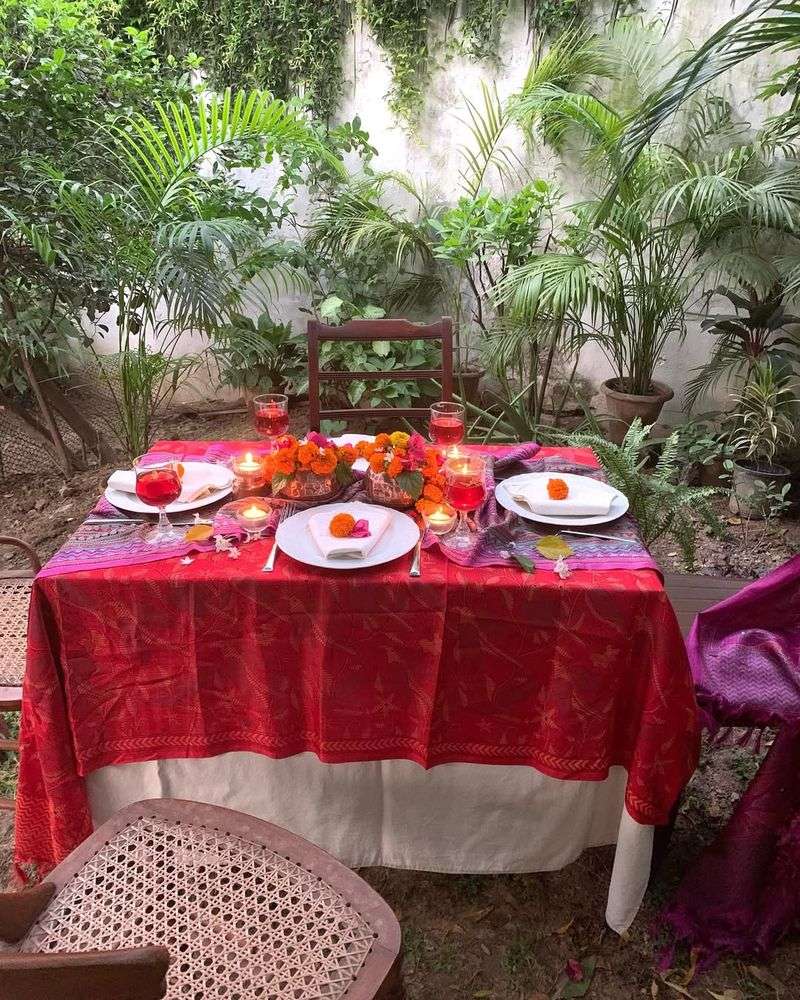
A dining table serves as a focal point for many family activities, making it essential to keep the tablecloth neat and presentable. Unkempt tablecloths, with visible wrinkles and stains, detract from the table’s charm and can make meals less enjoyable.
Moreover, a tidy tablecloth sets the tone for an organized dining experience, helping to create a welcoming atmosphere for guests. Consider opting for a tablecloth that complements your dining room’s decor, ensuring it is always clean and pressed before setting the table.
20. Inappropriate Lighting Fixtures
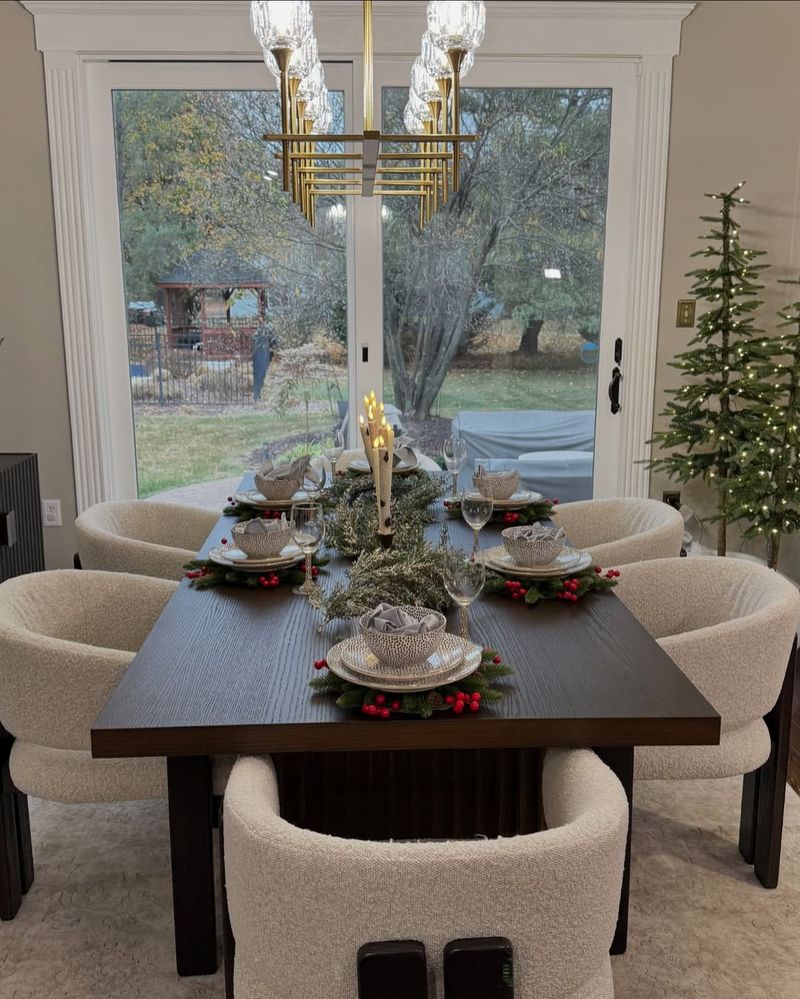
Inappropriate lighting fixtures can create an uncomfortable dining atmosphere, detracting from the table’s appeal. Designers suggest using dimmable lights or fixtures that provide soft, ambient illumination. This lighting enhances the dining experience, creating a warm and inviting environment.
Consider pendant lights or chandeliers that match the room’s style, adding elegance without overpowering. Proper lighting highlights the table’s beauty, setting the stage for enjoyable meals.
21. Random Books and Magazines

Random books and magazines can make a dining table look cluttered and detract from its primary function. Designers recommend keeping reading materials off the table, ensuring a clear and focused dining space. If desired, a small side table or bookshelf can hold such items for pre-dinner enjoyment.
22. Food Packaging
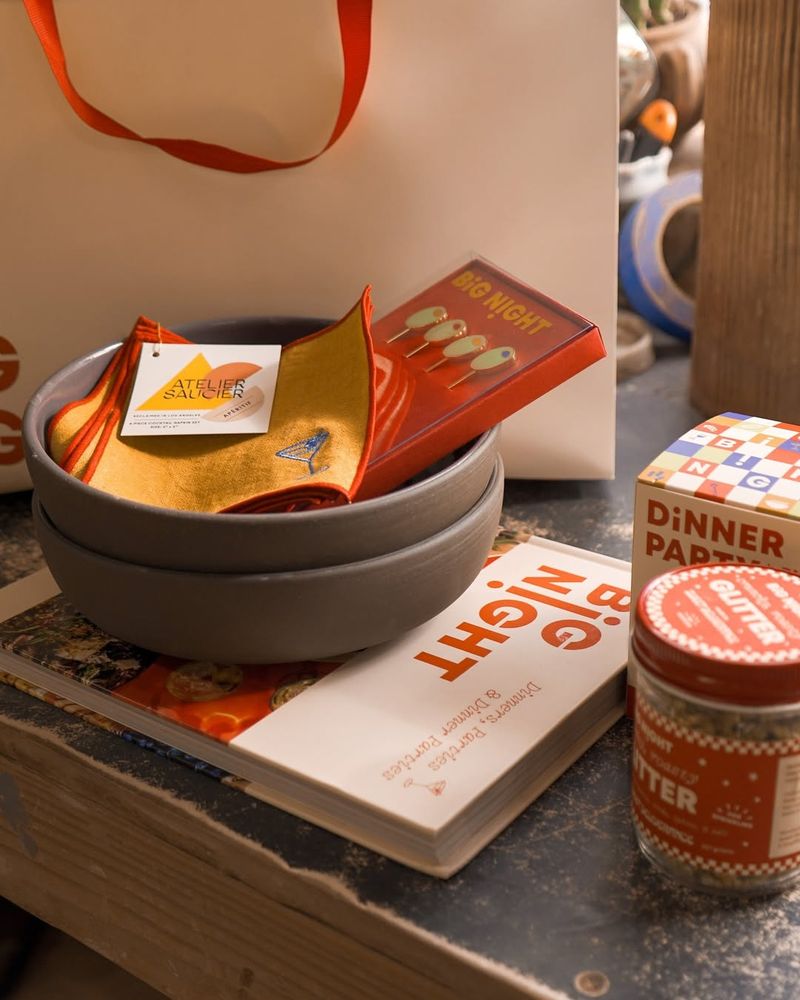
Food packaging on the dining table can look messy and detract from the meal’s presentation. Designers recommend using serving dishes or bowls to present food beautifully. This approach elevates the dining experience, allowing the meal to shine without distraction.
Thoughtful presentation underscores the importance of the meal, creating an inviting and sophisticated atmosphere.
23. Household Bills and Papers

Household bills and papers can turn the dining table into a cluttered workspace, reducing its appeal for meals. Designers advocate for maintaining a paper-free table, using a designated area for bills and documents.
A clean table allows for a more enjoyable dining experience, free from the distractions of daily chores and unfinished tasks.
24. Pet Supplies
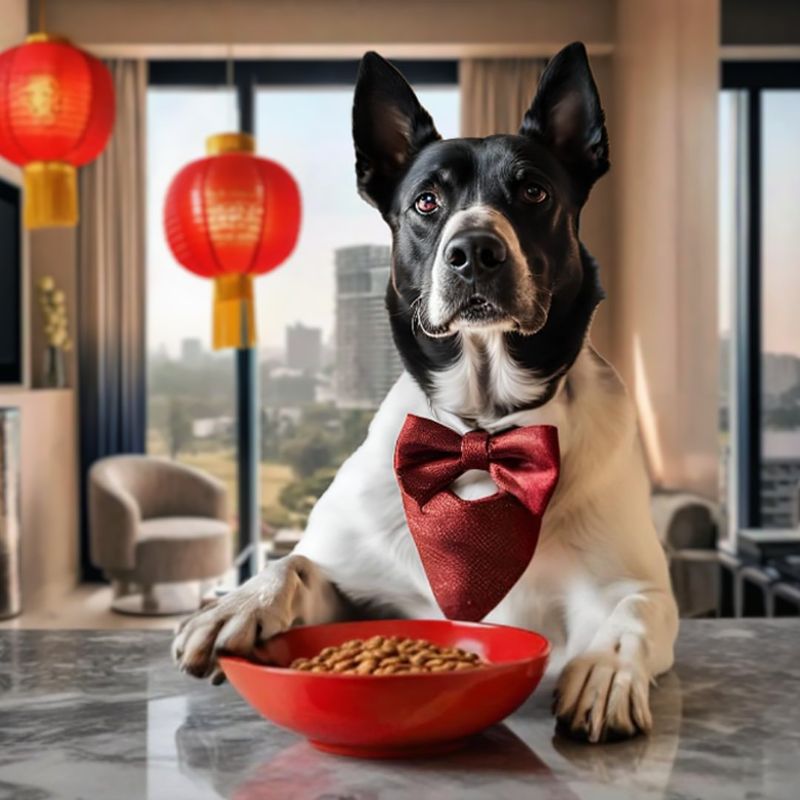
Pet supplies on the dining table can disrupt the dining setting, making it less inviting. Designers suggest keeping pet items separate, maintaining the table’s focus on meals and gatherings. Use dedicated spaces for pet bowls and toys, ensuring the table remains clean and elegant.
This separation helps uphold hygiene and enhances the dining experience, creating a welcoming environment for diners to enjoy quality time together.

